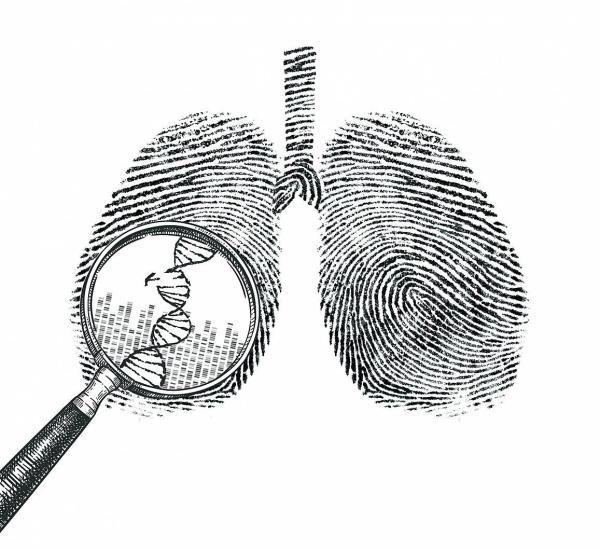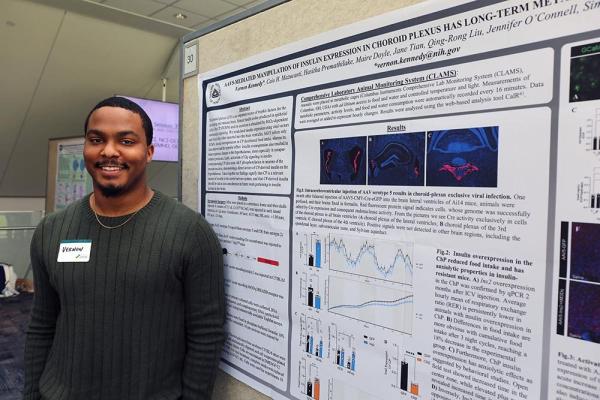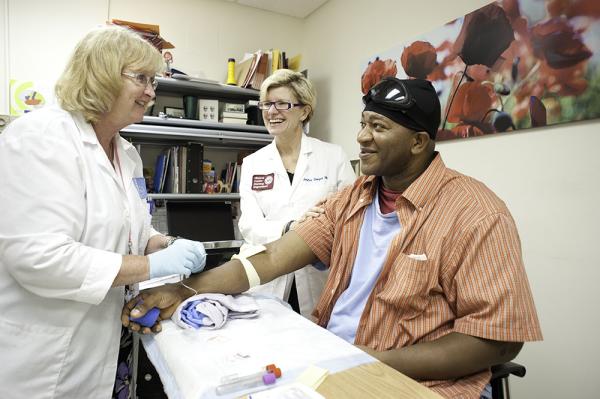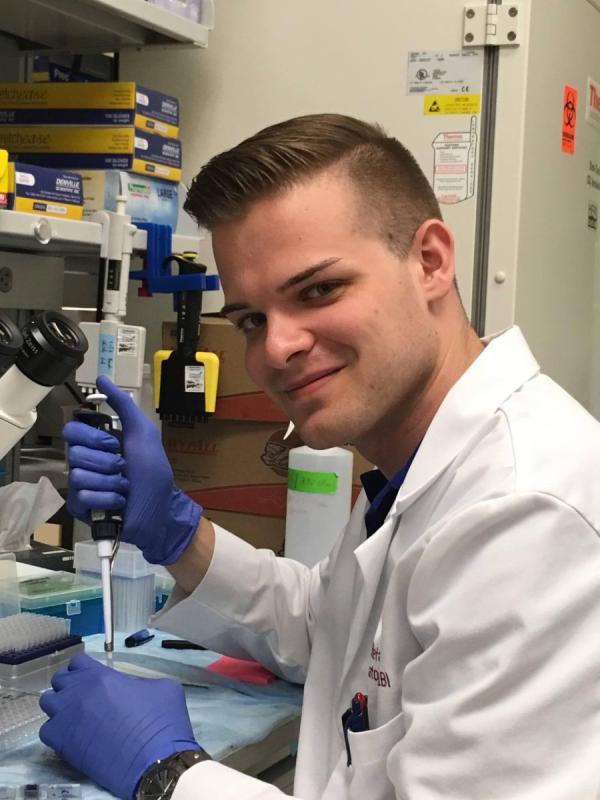Examining Genetic Influences on Lung Cancer
IRP Research Investigates Disease’s Roots Beyond Smoking
Today is World Lung Cancer Day, bringing increased awareness to a disease most commonly associated with smoking tobacco products. Yet even though cigarette smoking rates have decreased over the past few decades, this deadly disease remains responsible for more deaths than any other type of cancer — more than 125,000 per year in the U.S. alone. In fact, between 10 and 25 percent of lung cancers occur in people who never smoked.
IRP Stadtman Investigator Jiyeon Choi, Ph.D., has always been curious about how our DNA influences the traits we have and our risk for diseases. When it comes to genes’ contribution to cancer risk, the stakes are particularly high, but Dr. Choi noticed a gap in research when it came to understanding the role genetic variation plays in lung cancer risk. She and her research team aim to fill this gap using a battery of high-tech genomic studies to root out the genes and molecular processes that make some people more susceptible to the disease.










